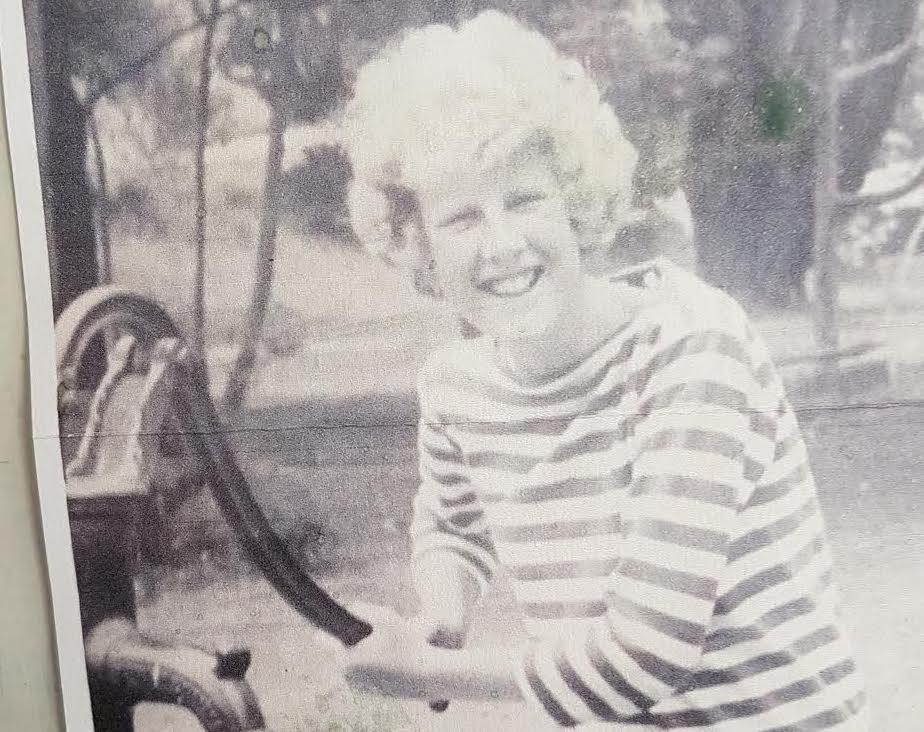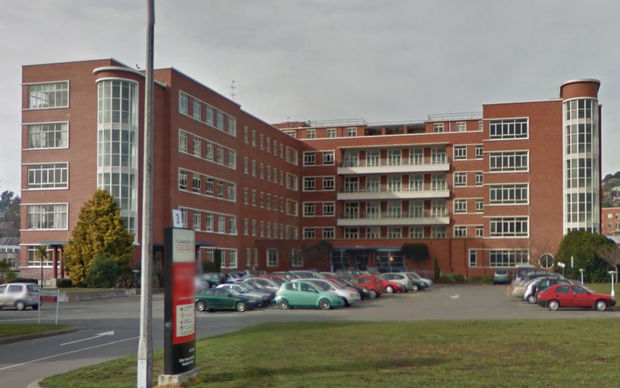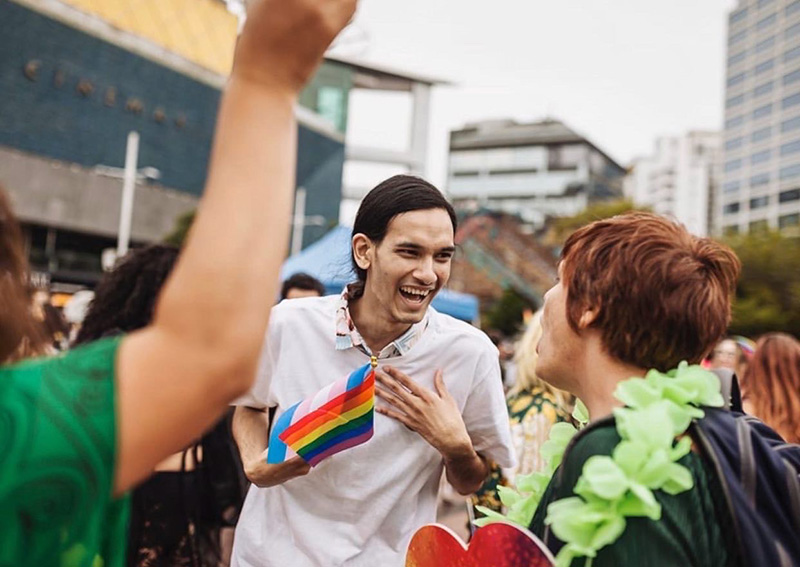Update: On February 16 2022, New Zealand banned conversion therapy practices. All but eight National MPs voted in favour of the bill that will outlaw harmful practices that forcibly try to change or suppress someone’s gender or sexual identity.
The bill will see someone imprisoned for up to three years in jail for performing conversion therapy on someone under 18 and up to five years where it has caused serious harm, irrespective of age.
There were 107,000 public submissions on the proposed law - which is the highest ever received in New Zealand’s history. The select committee received 38,900 unique submissions.
For 12 years Joan Bellingham was forcibly drugged and subjected to electroconvulsive therapy because she is lesbian. 50 years later, she’s telling her story in hopes no one will ever go through what she did.
But conversion therapy, in varying shapes and forms, is still legal in New Zealand. Without a concrete ban, how can we protect our rainbow community?
Joan Bellingham grew up wanting to be a nurse, just like her mum and sister. So she left home at 18 and studied at Burwood Hospital in Christchurch. For the next 12 years she would be in and out of hospital, but not as a nurse - as a patient tortured for her sexuality.
In the 1970s sexuality wasn’t talked about openly, at least not in Christchurch, says Joan. So when word spread around that she was lesbian, Joan was singled out and tormented, mainly by the people training her.
“The matron particularly took real offense to my being gay. One day she stared at me and told me that homosexuality was wrong. She would write comments on my grade papers saying, “If you think you are going to be a nurse you are wrong.”
“It was the first time I had experienced prejudice so openly and directly… I can remember feeling terribly ashamed.”
Things escalated when Joan was falsely accused of stealing drugs off a trolley. She was taken by the training staff to Princess Margaret Hospital in Christchurch and told she needed “treatment” for what they later called a “neurotic personality disorder”.
“I didn’t realise at the time, but I would spend the next 12 or so years as a patient there and would never get to complete my nurse training.”
Joan spent the first year, from 1970 to 1971, in a psychiatric ward. She remembers telling staff there must have been a mistake, but no one listened. They just gave her more medication to keep her quiet.
“I recall my mother being deeply anxious that was in the hospital and wanted to know why I needed to be there. But you didn’t question a doctor's authority during those times. They were like Gods.”

Joan Bellingham as a teenager.
Between 1970 and 1982, Joan was admitted 24 separate times. Her medical notes show she was subjected to electroconvulsive therapy (ECT) over 200 times, sometimes twice a day.
“They would give me muscle relaxant to paralyse me. It felt like razor blades going through my body. You were fully awake, and could see the silver machine and the assistants holding the electrodes and placing them around my head before I became unconscious.”
Joan remembers feeling faint and vomiting after each time. She would cry out and beg for them not to do it again, but they wouldn’t listen or even respond. Sometimes she would completely lose her vision, and it would gradually return over time. She’s 68 years old now, but hairdressers can still point out the scars on her head from the electrodes.
“They were trying to change my mind so that my sexuality would change,” says Joan. “They wanted me to be straight like them. But I wasn't going to fight it because I knew this was something that was part of me.”
Joan was often kept in rooms that could be mistaken for prison cells. “Sometimes there was nothing at all in the room. I was given a large amount of drugs and I couldn’t walk. I couldn’t make it to the toilet so I peed on the floor for which I was punished. I was like a walking zombie.”
Over time she became so institutionalised she would ask for ECT, and they would give it to her willingly. “I ended up hating myself so much, it was a form of self-loathing,” she says. “They made me lose myself.”
Joan made complaints when she was scared. She always complained before shock treatment. But nothing ever came of it, she says. ''I was never even sure we as patients could make an official complaint. No-one ever listened,” she said. “As memory blurred, I thought I would never be believed.” She remembers ACC initially telling her the burns on her scalp could have just been from cigarettes.
Joan Bellingham, 68, is sharing her story in the hopes no one will experience what she did.
Joan Bellingham told her story in court last week as part of The Royal Commission of Inquiry into Abuse in Care. This time, people did listen.
“I think already it has touched a lot of people. Whether or not it touched people in the medical field, I don't know. But I do hope something changes for people. Things like this should never happen again.”
Princess Margaret Hospital is still operating, but in 2019 it was reported most mental health services will move out of the now-decaying hospital and into new purpose-built facilities by 2022.
Canterbury District Health Board told Re: it would be “inappropriate” to comment on Joan’s case while the Royal Commision of Inquiry into Abuse in Care was ongoing.
ECT is still offered as treatment for severe forms of depression in New Zealand. But there is now strict eligibility criteria which include having unsuccessfully tried two other forms of antidepressant medication and having a chronic or life-threatening mental illness. It is also done under general anesthesia, unlike Joan’s experience.
And when it comes to being committed to a mental health facility against your will, nowadays a person can only be required to receive hospital treatment if a judge and a doctor decide so at a private hearing. These decisions, called inpatient orders, can only last for six months, and must be reviewed by a judge and a doctor to be extended any further.

Princes Margaret Hospital in Christchurch. Photo: Google Maps
It’s easy or comforting to think that stories like Joan’s are ones from the past. But while the exact horrors that Joan experienced are no longer happening, Shaneel Lal, Youth MP for Manurewa and co-founder of End Conversion Therapy in New Zealand, says queer people are still being punished for their sexuality against their will.
Conversion therapy, the practice of forcibly trying to change or “cure” rainbow sexualities or identities, is still legal in New Zealand.
“People are in disbelief that this is happening here in New Zealand, they think it is just this conservative Southern American practice. But that’s far from the reality,” says Shaneel.
“In fact, we know that one in six trans and non-binary people experience conversion therapy by a medical professional,” says Shaneel.

Youth MP Shaneel Lal is lobbying the government to ban conversion therapy.
Here, conversion therapy can be called psychoanalysis. Medical professionals and church-based groups have been caught on camera telling people that their sexuality can be changed, that homosexuality means you are “broken” but you can be “fixed”.
“We need to rewire your brain, and that is completely doable,” says one medical professional caught on camera in an undercover TVNZ Sunday investigation.
“It is important to remember that people don’t just wake up on Sunday morning and say ‘today is a great day to do confessional therapy’,” says Shaneel. “It takes months and years of conditioning people to get into a situation where they would rather kill themselves then be gay.”
Youth 2012, a national mental health survey by Auckland University, found one in five rainbow youth had attempted suicide, compared to one in 20 among their non-rainbow peers.
The Green Party is the only party that has a policy to ban conversion therapy. Labour supports a ban, but they don’t have a policy to back this up going into the election. “Which is really frustrating,” says Shaneel. “Because they say they want it, but they won’t do it.”
“The Labour party has to take responsibility for being complacent. They have an obligation to protect the queer community and they have forgotten that.”
Prime Minister Jacinda Ardern told Rotorua Daily Post in September there was work required regarding changes to the Human Rights Act, and gay conversion therapy was "something that needs to end". "There's a number of things we just haven't finished, even if in many areas we have gotten started."
"There are other areas where we know there is more to do,” she said.
Green Party Co-leader Marama Davidson, Youth MP Shaneel Lal and Green MP Golriz Ghahraman at Auckland’s Pride March.
So why isn’t conversion therapy banned already? It’s banned in the Australian state of Victoria, and parts of South America and the United States, but there is a reluctance to ban it here due to concerns about freedom of expression and regulation.
A report by the Justice Committee, responding to a petition to ban conversion therapy in 2019, said although the therapy “can be harmful” an immediate ban was not recommended.
"We believe more work needs to be done before any decision is taken to ban it," it said in its report. "In particular, thought must be given to how to define conversion therapy, who the ban would apply to, and how to ensure that rights relating to freedom of expression and religion were maintained."
A ban might not completely stop conversion therapy, as there’s always the possibility some might break the law. But it would provide a legal framework for survivors to seek redress and justice.
Joan lives with the effects of her abuse every day. She has struggled with her mental health, has chronic headaches and tinnitus, a constant ringing in her ear. She has had her gallbladder removed and was diagnosed with Hepatitis C in 2001, likely from the virus spreading through unsterilised electrodes and weeping wounds.
But for Joan, the most damaging effect was the loss of her memory. “I've lost all my memory from my schooling years, my 20s, my years surfing. I can't remember my sister's wedding or the majority of my friends from that time. I’ve lost it all.”
Over the years Joan tried countless ways to seek redress or simply recognition for what had happened. She spoke with lawyers, GPs, and even her local MP.
The only redress she received from the Crown came in 2012 in the form of a $4000 "wellness payment" and $4250 towards her legal fees, which was just a drop in the bucket. Nearly all of her compensation went towards her lawyer’s fees.
Despite receiving an apology from the Crown, there was no admission of liability, and the settlement was required to be secret. She was also told her settlement might endanger her ACC claims for ECT burns and chronic headaches.
"The uncertainty with seeking redress was almost as bad as the abuse,” says Joan. “My hope is that no one has to go through what I went through.”
“If you have a ban then you are clearly saying this will not be allowed and will not be tolerated,” says Shaneel. “We have got our issues being brushed under the carpet and we need to bring them up, or no one else will. It is time to protect the rainbow community.”
Survivors can register to submit to the Royal Commission of Inquiry into Abuse in Care by visiting their website or calling 0800 222 727.
Where to get help:
- 1737: The nationwide, 24/7 mental health support line. Call or text 1737 to speak to a trained counsellor.
- Suicide Crisis Line: Free call 0508 TAUTOKO or 0508 828 865. Nationwide 24/7 support line operated by experienced counsellors with advanced suicide prevention training.
- Youthline: Free call 0800 376 633, free text 234. Nationwide service focused on supporting young people.
- OUTLine NZ: Freephone 0800 OUTLINE (0800 688 5463). National service that helps LGBTIQ+ New Zealanders access support, information, and a sense of community.